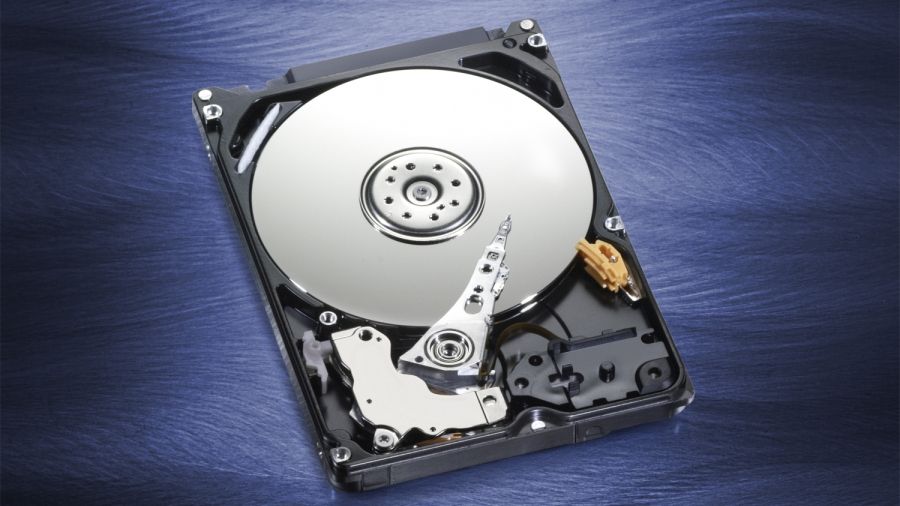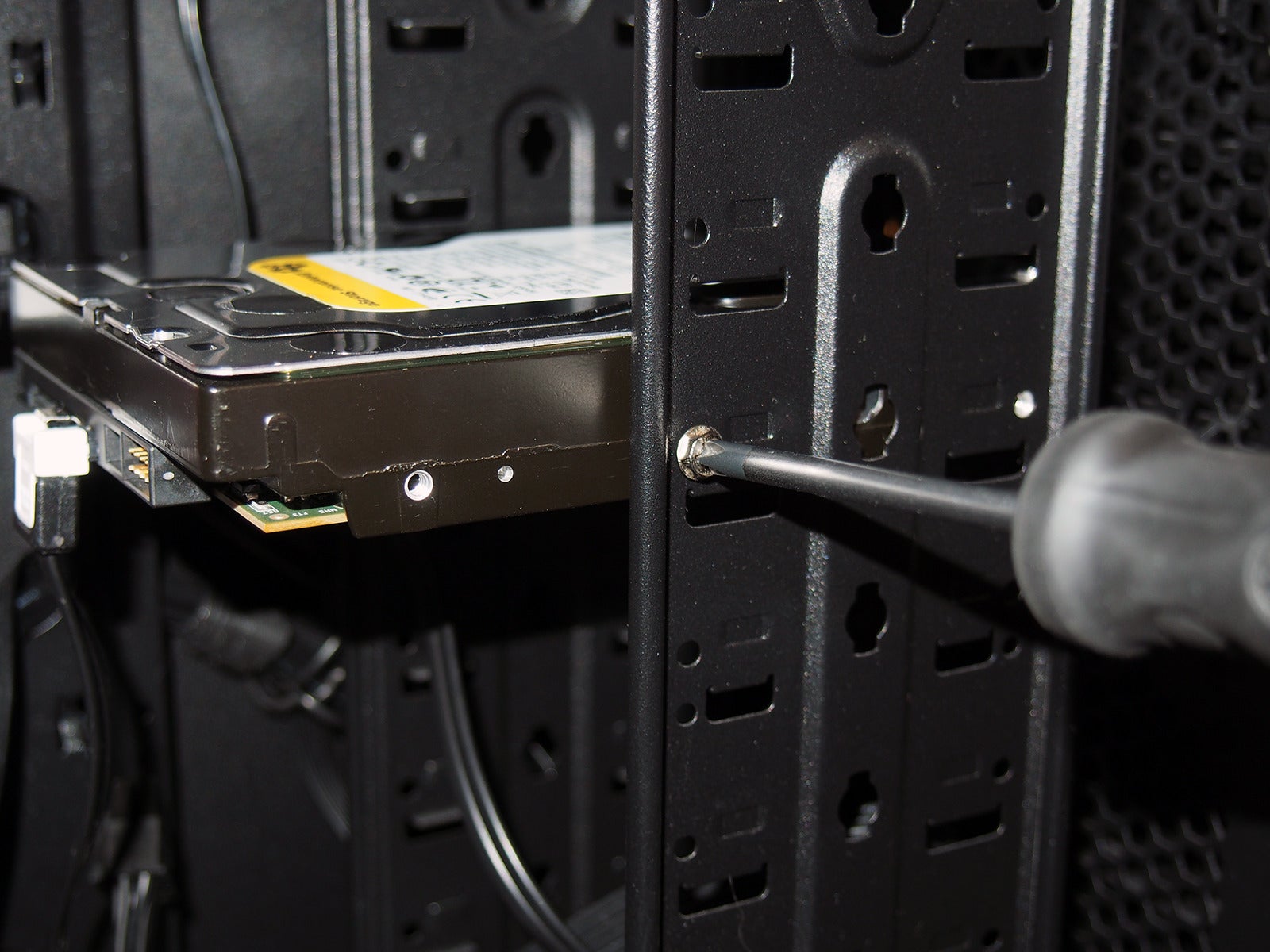
When the computer is powered on, you will want to enter your BIOS to adjust some settings. In this case, you will simply connect the hard drive up, or reinstall the SSD in the appropriate port like an M.2 slot for example. Check your SATA configuration and boot drive settings in the BIOS


It will most certainly be the most hassle-free option, providing everything runs smoothly, otherwise, you will be forced to go with option 2. This will also reduce the need to connect or disconnect drives. You have a new motherboard and CPU, perhaps some RAM too, and you want your PC going as quickly as possible. Option 1: How to keep everything ‘as is’ with an existing hard drive Important Tip: Before pulling your old hard drive out, enter the BIOS of your old motherboard (if possible) and take note of the SATA configuration. Windows may require some files to download along the way and might help make the transition easier. I recommend staying connected to the internet when completing any one of these methods. So it really depends on your situation and tech skills as to which method you choose. Option 1 allows you to get your computer up and running quickly and easily but may suffer from some performance issues.Īnd option 2 is slightly more complicated and you may run into some software licensing issues, but you will have the chance for the best performance of your system this way. This will require an installation media to be created by downloading an installation package from the internet and installing Windows as a fresh new installation.



 0 kommentar(er)
0 kommentar(er)
